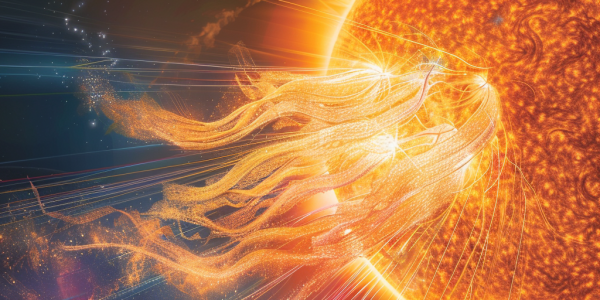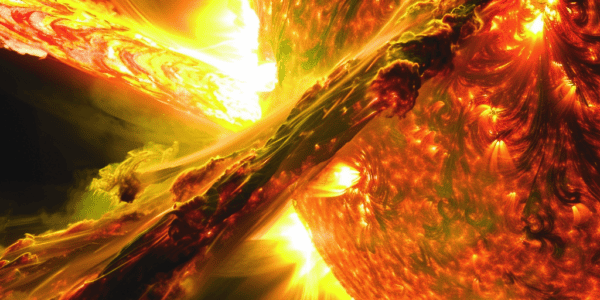NASA’s Parker Solar Probe Uncovers Secrets of Solar Wind ‘Switchbacks’
Recent findings from NASA’s Parker Solar Probe reveal intriguing ‘switchbacks’ in the solar wind, shedding light on their origins and implications for solar dynamics. A collaborative study suggests solar jets may cause these magnetic fluctuations, crucial for understanding solar activity and its impact on space weather. Discover how these insights could affect communication systems and power grids on Earth.
Solar Maximum: Exciting Times for Skywatchers and Scientists Ahead
The sun is currently experiencing solar maximum, leading to increased solar flares and breathtaking auroras visible from Earth. This active phase of the 11-year solar cycle is expected to continue for another year, providing exciting opportunities for skywatchers and scientists alike. The Parker Solar Probe is set to make its closest approach to the sun, allowing for unprecedented data collection on solar activity and its impact on space weather.
Understanding the Sun’s 11-Year Magnetic Pole Flip Cycle
Learn about the 11-year solar cycle and how the Sun’s magnetic pole flip leads to increased solar activity such as sunspots and solar flares. Discover the history of this cycle dating back to 1843 and its impact on phenomena like northern and southern lights.
Rare Celestial Spectacle: Northern Lights May Be Visible as Far South as California This Month
Get ready to witness a rare celestial spectacle as the northern lights, also known as the aurora borealis, may be visible as far south as California this month. March is expected to be the best month in two decades to see the curtains of mostly green, but also pink, purple, and red lights that are typically confined to areas around Earth’s North Pole. Don’t miss out on this ethereal display!
NASA Prepares for Looming Solar Storm in 2024
NASA intensifies preparations for an impending solar storm expected to peak in 2024. Recent research reveals insights into diverse solar energetic particles, raising concerns for Earth’s technology and space exploration. Learn about the potential impacts and the latest predictions by the National Oceanic and Atmospheric Administration (NOAA) regarding Solar Cycle 25.





